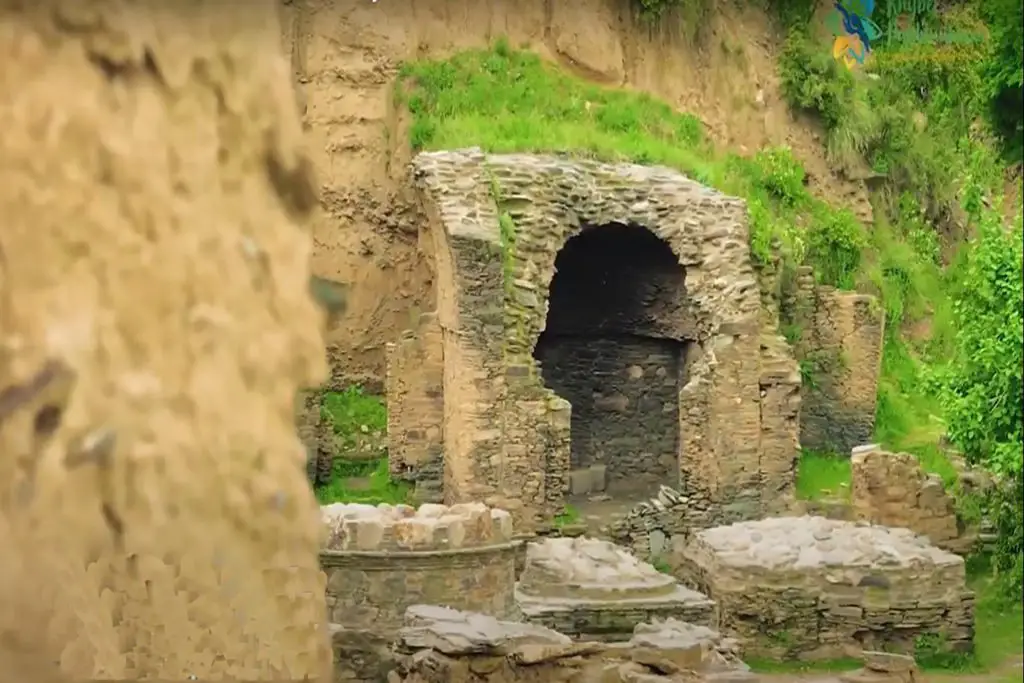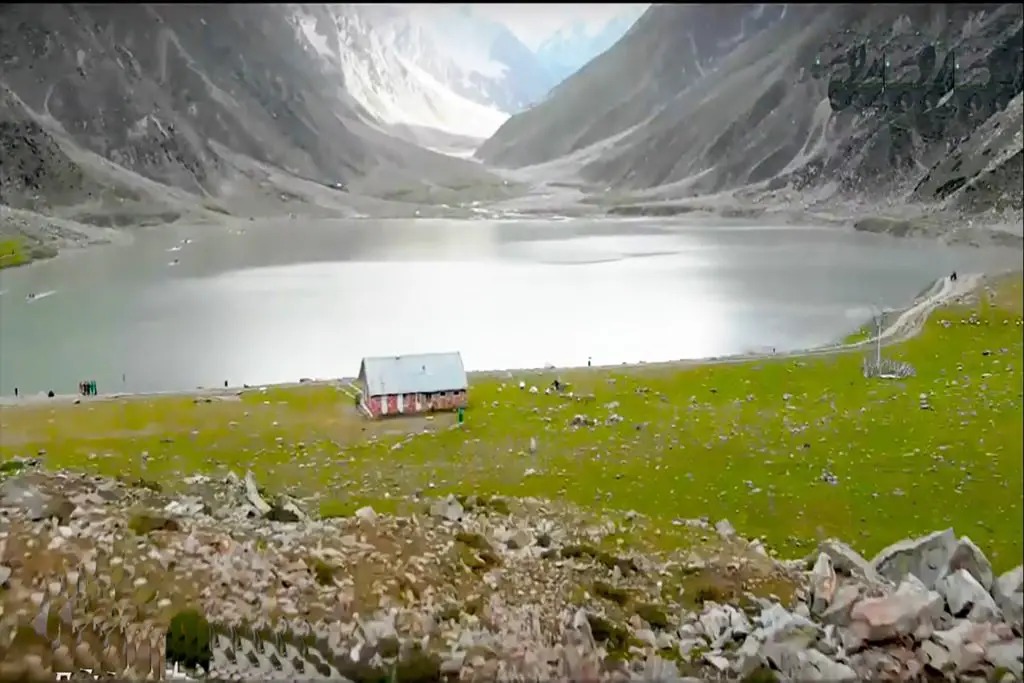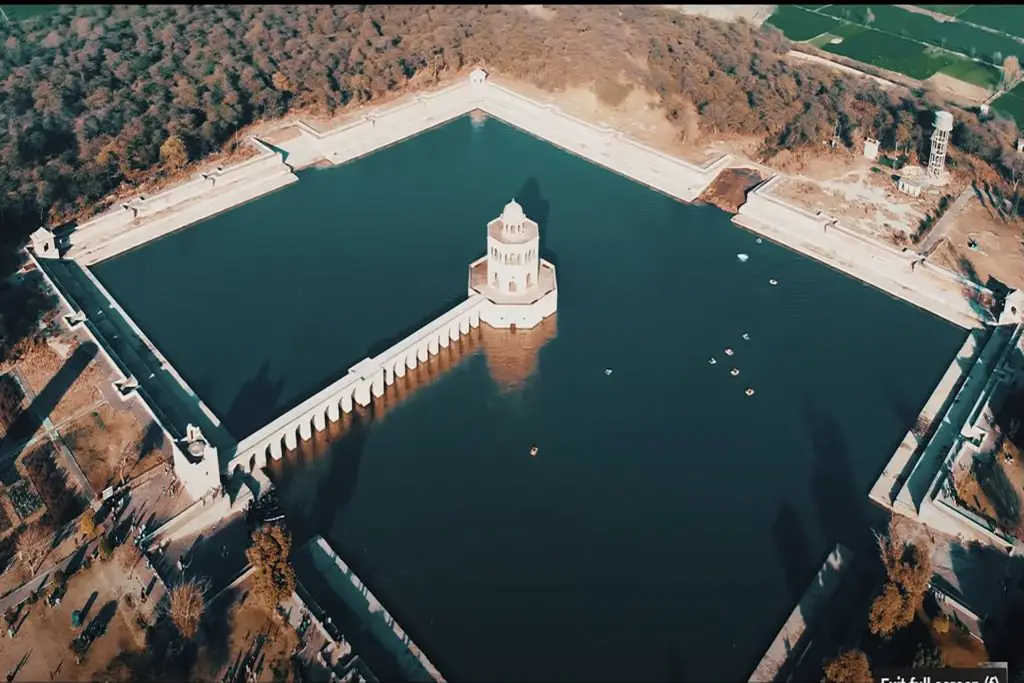Butkara Stupa in Mingora Swat is an important Buddhist site, in the KP region of Pakistan. It may have been built by the Mauryan emperor Ashoka, but it was generally composed a little later in the 2nd century BCE.
The Butkara Stupa in Mingora, Swat, underwent a series of expansions and renovations over several centuries, with the stupa being extended and consolidated on five separate occasions.
Excavation of Butkara Stupa in Mingora Swat
The stupa was excavated by Italian machinery (IsIOAO: Istituto Italiano per l’Africa e l’Oriente), led by archaeologist Domenico Faccenna since 1956, to specify various stages of construction and expansion.
Archaeological findings indicate that the stupa underwent significant architectural developments during the 2nd century BCE, with the addition of ornaments influenced by Greek architecture. This suggests a potential connection to the Indo-Greek rulers of northwestern India at that time and their influence on the evolution of Greco-Buddhist architecture.
Butkara Stupa Location
Butkara stupa is located at around 2 km Saidu Sharif in Mingora City Swat.
Butkara Stupa History
An Indo-Corinthian capital bearing the representation of a Buddhist worshiper among the leaves was discovered, and it contained an Azes II coin beneath it, dating back to before 20 BCE. This capital securely protected a carved statue.
Additionally, the nearby Greek fortress of Barikot is also recognized as a contemporary structure.
Coins and Data at Butkara Stupa
The excavation revealed different layers of strata at the site. In the oldest layer (Gst 1), a Chandragupta Maurya coin was discovered, indicating its association with the Ashokan period. The second oldest layer (Gst 2) contained a coin from Menander I. Beneath the third stratum (Gst 3), Azes II coins were found, suggesting a date to the late first century BCE or early 1st century CE.
Moving further down, the fourth stratum (Gst 4) contained the latest Azes II coins and coins from Kushan Deep Kadphises.
Statue of Budha Sitting at Butkara Stupa in Mingora Swat
The statue of the Buddha (or Bodhisattva) found at Butkara is considered one of the earliest, if not the oldest, known images of Buddha in northwestern India. It is believed to date back to the late first century BCE or the early first century CE, as it was discovered in the GSt 3 stratum, which also contained coins from the Azes II.
The creation of Buddha images in the northwestern region appears to have adhered to similar rules as those in the second millennium CE, around the same time as the earliest known Buddha statues crafted by the Matra artist. The “Isapur Buddha,” dating to about 15 CE, is perhaps the earliest known Buddha statue in the vernacular, making the emergence of the Buddha image nearly identical in two different parts of the world.
Butkara Buddhist shrine No. 2, identified as the Ta-Lo coin and cited by Chinese Buddhist pilgrims such as Sung Yun (520 AD), was visited and described in the 5th, 6th, and 7th centuries AD. It is situated at the eastern end of the ancient capital of Udyana, Meng-Chich. The site features Stupas, Viharas, and columns, with the main building standing on the north side and additional structures to the north and west. The site has a historical span from the 3rd century BCE to the 10th century AD. Today, Butkara is known as Gulkada and is located one kilometer from the Swat Museum.
Shingardar, a village situated between Galgay and Barikot in the southern part of Swat province, is home to the Shingardar Stupa, which is the largest Buddhist stupa in the Indian subcontinent.
It is noteworthy that Butkara Stupa may have been built under the patronage of the Mauryan ruler Ashoka. A group of Sri Lankan Buddhist Monks recently visited the Butkara Stupa in Mingora, Swat, Khyber Pakhtunkhwa, Pakistan. The Butkara Stupa has been expanded and reconstructed five times over the following centuries.
Dr. Walpole Piyananda Thero, one of the visiting monks, expressed deep gratitude for the opportunity to visit Buddhist shrines in Pakistan. He highlighted the similarities between Pakistan and Sri Lanka and emphasized the strong friendship and bilateral relationship between the two countries. He also commended the efforts made for the preservation and protection of Buddhist sites in Pakistan.







